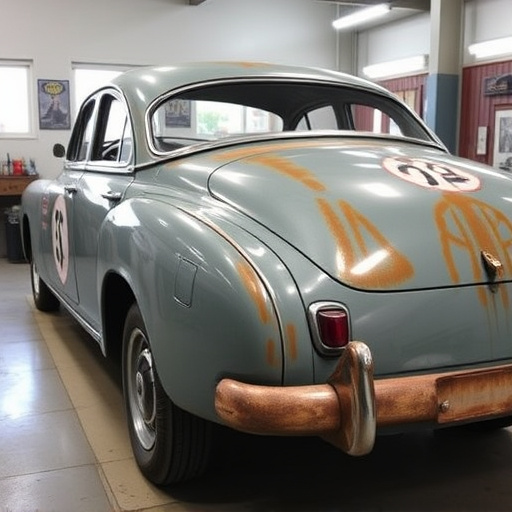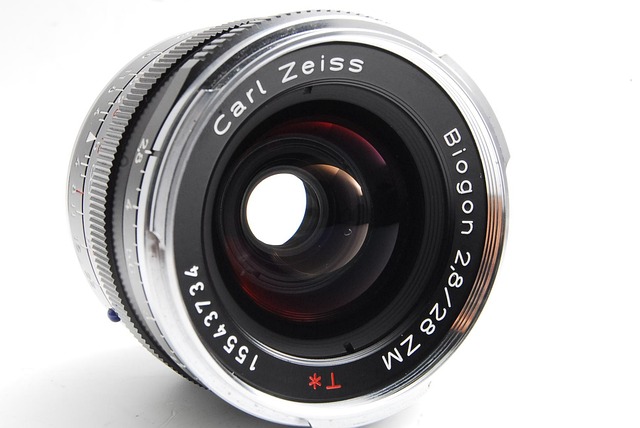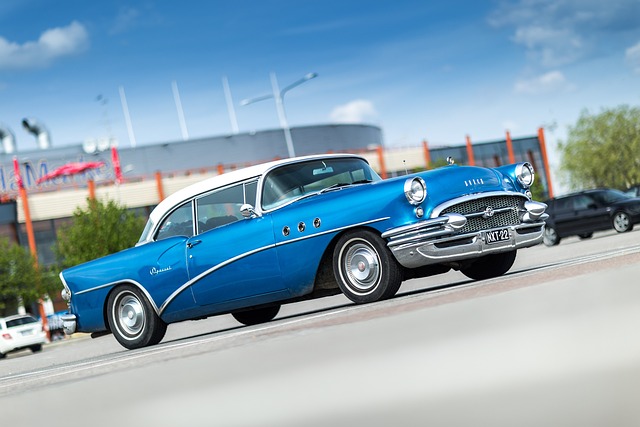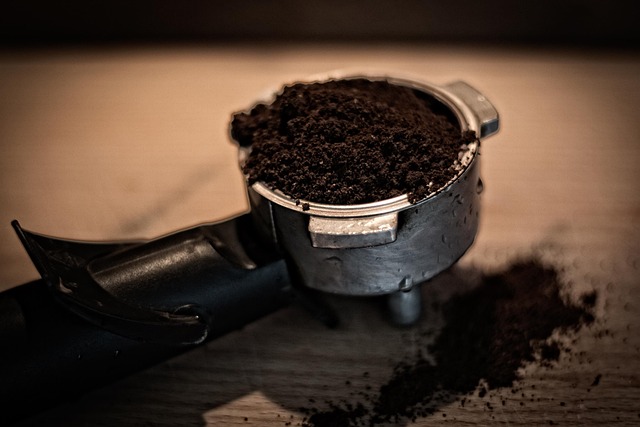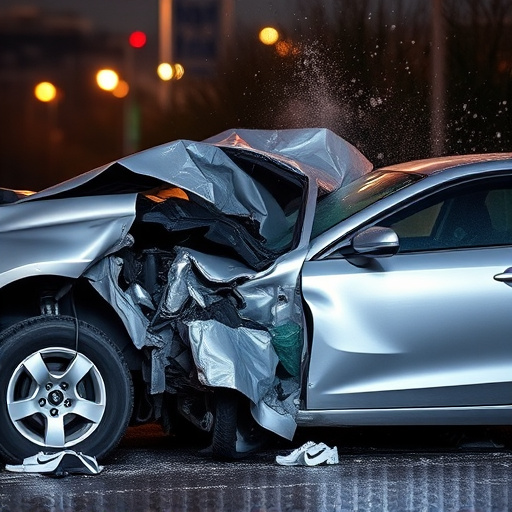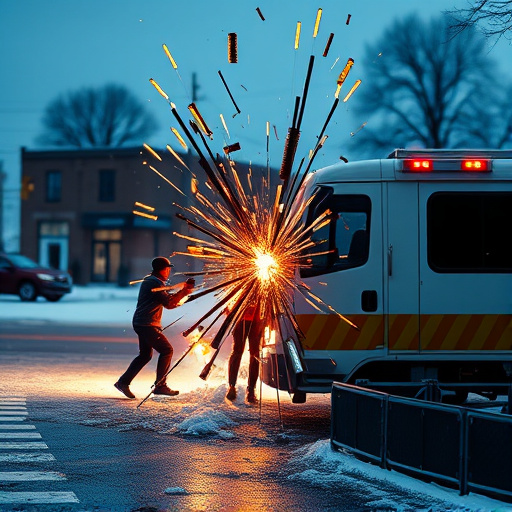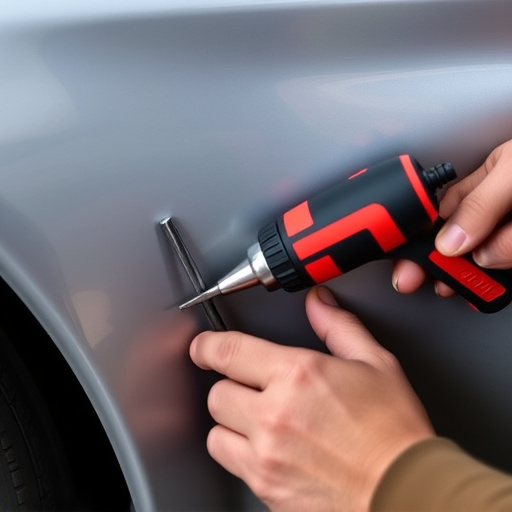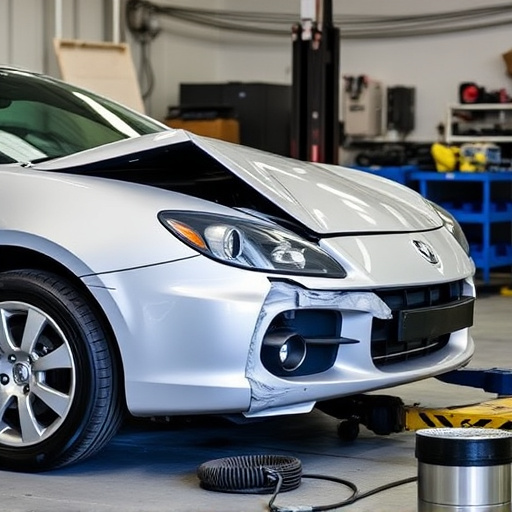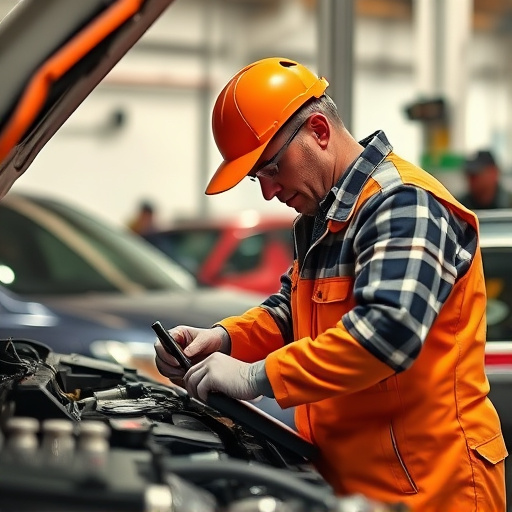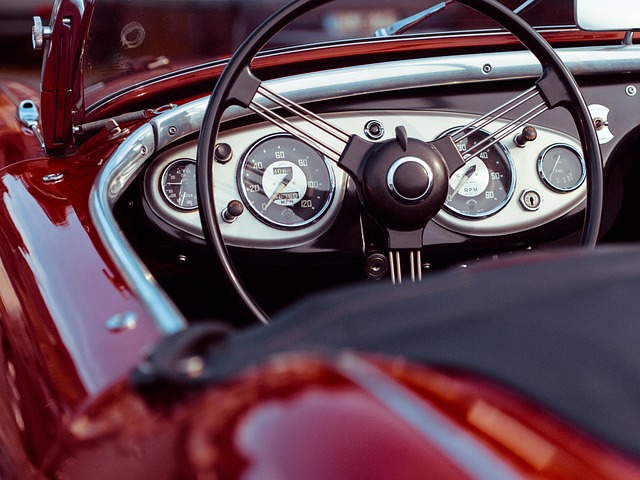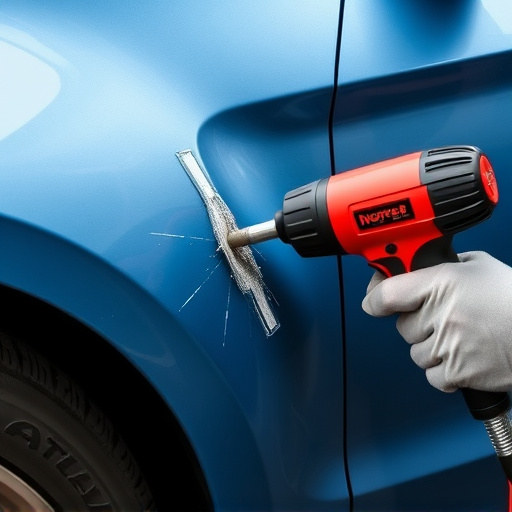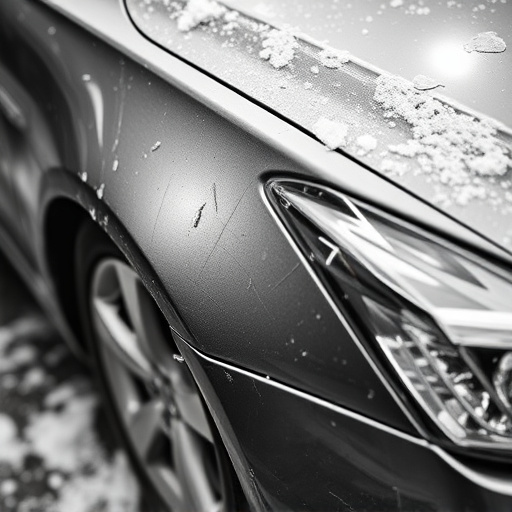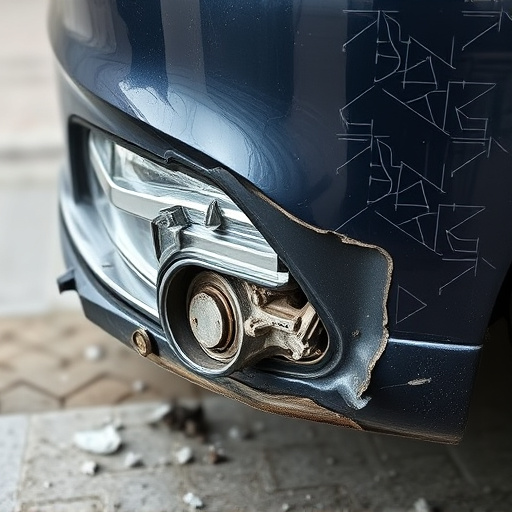Modern auto painting techniques require meticulous blending of metallic, pearl, and tri-coat finishes during collision repair to maintain aesthetic integrity. Blending panels are essential tools for achieving seamless, high-quality finishes, enhancing vehicle aesthetics and preserving value, thereby boosting customer confidence in expert body repair services. Precise alignment and consistent pressure are crucial for merging colors and textures without visible seams.
In today’s automotive industry, achieving flawless finishes is paramount. This article explores the art of blending panels for metallic, pearl, and tri-coat finishes in collision repair. By understanding the unique properties of each finish, you’ll discover how blending panels play a pivotal role in ensuring seamless integration. We’ll delve into techniques that empower professionals to master the blend, providing superior results with every repair. Embrace the power of blending panels for precise, high-quality automotive refinishing.
- Understanding Metallic, Pearl, and Tri-Coat Finishes
- The Role of Blending Panels in Collision Repair
- Techniques for Seamless Blend Using Colliding Panels
Understanding Metallic, Pearl, and Tri-Coat Finishes
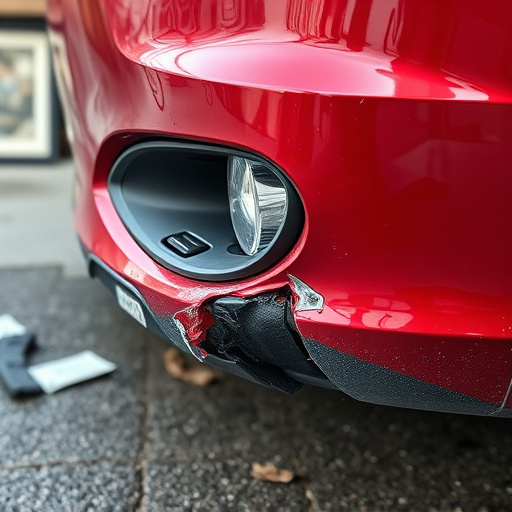
Metallic, pearl, and tri-coat finishes are unique and sophisticated effects that have gained popularity in modern auto painting. These innovative techniques involve multiple layers of paint with distinct characteristics, creating a visually stunning and protective finish for vehicles. Understanding how each finish works is crucial when it comes to blending panels during the collision repair or car body shop process.
In an auto painting context, metallic finishes offer a reflective and glossy appearance due to the inclusion of metal flakes in the paint. Pearl coatings, on the other hand, provide a subtle shimmer effect, enhancing the depth and dimensionality of the paint job. Tri-coat finishes take this further by combining two or more metallic or pearl layers with traditional matte or solid colors, resulting in complex and eye-catching designs. When a vehicle undergoes a collision at a collision center, ensuring seamless blending between these panels is essential to maintain the aesthetic integrity and overall quality of the car body shop’s repair work.
The Role of Blending Panels in Collision Repair
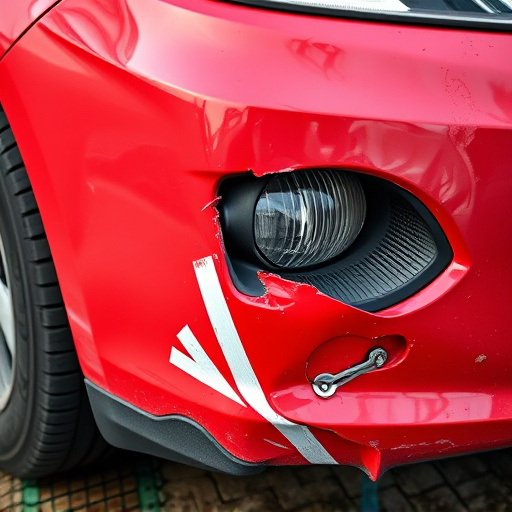
In the realm of collision repair, blending panels play a pivotal role in achieving seamless and impeccable finishes for vehicles undergoing vehicle body repair. These specialized tools are designed to merge different coat materials—be it metallic, pearl, or tri-coat—into a unified, smooth surface. By ensuring precise color matching and minimal visible seams, blending panels enhance the overall aesthetics of the repaired car paint repair without compromising quality.
For any vehicle body shop, effective use of blending panels is key to delivering top-notch results. They facilitate the intricate process of mending damage while maintaining the vehicle’s original look. This meticulous approach not only preserves the car’s value but also instills confidence in customers who seek expert vehicle body repair services.
Techniques for Seamless Blend Using Colliding Panels
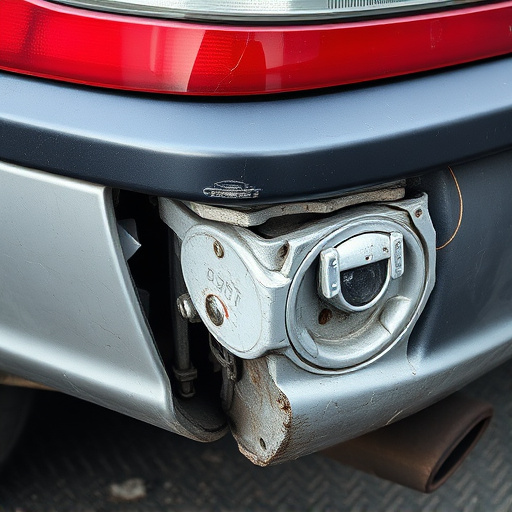
In achieving seamless blends for metallic, pearl, or tri-coat finishes, the technique of blending panels through collision plays a pivotal role. This method involves strategically aligning and pressing painted panels together to create a smooth transition between them. By ensuring precise alignment and applying consistent pressure, you can effectively merge colors and textures, eliminating visible seams.
Mastering this art requires both skill and practice. It starts with meticulous frame straightening to guarantee the panels are perfectly aligned before collision. This precision is crucial in car dent repair and ensures the final blend looks as good as new. Professional car repair shops often employ advanced tools and techniques for this process, enabling them to deliver high-quality finishes that rival factory standards.
Blending panels are indispensable tools in the collision repair industry, enabling professionals to achieve seamless and high-quality finishes on vehicles with metallic, pearl, or tri-coat paints. By mastering the techniques outlined in this article, technicians can efficiently navigate the process of combining different coat layers, ensuring a visually appealing and durable result. Incorporating blending panels into collision repair practices enhances both the speed and precision of paint jobs, ultimately satisfying customers who demand top-notch workmanship.
